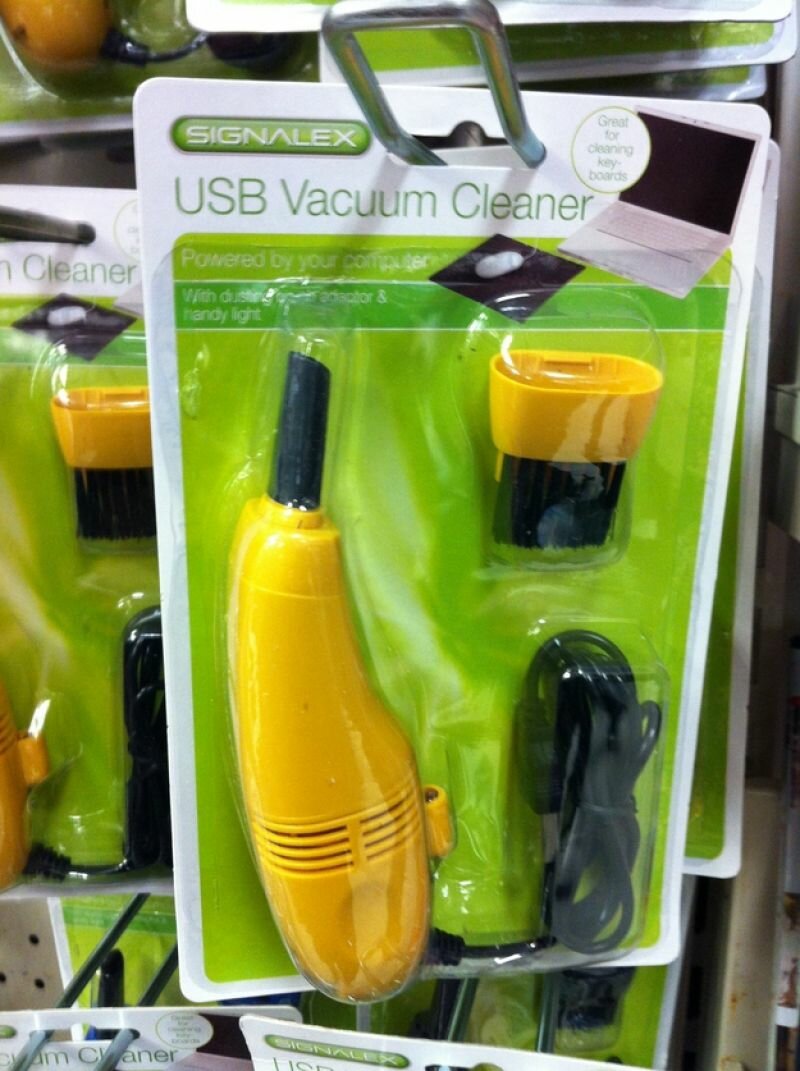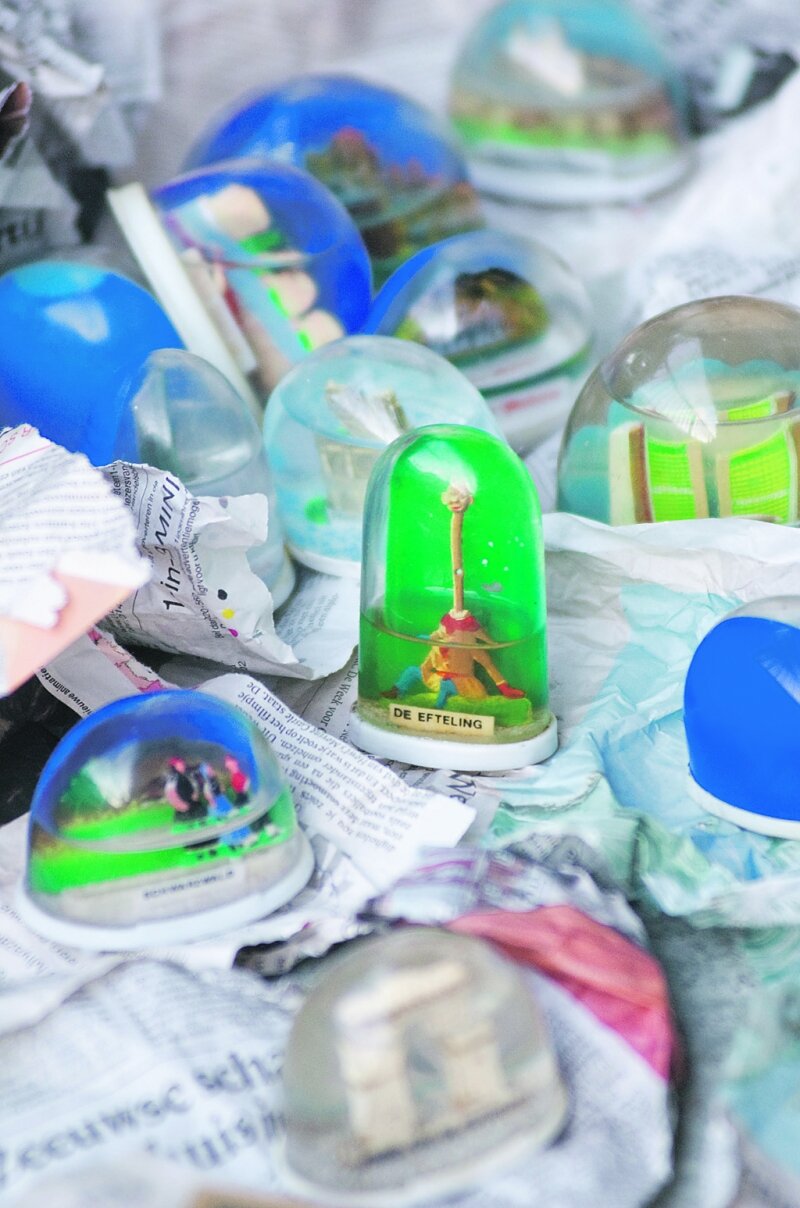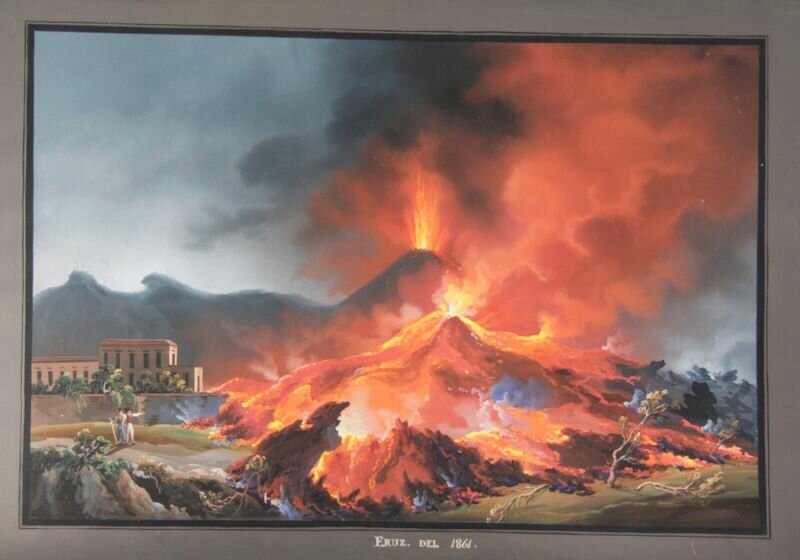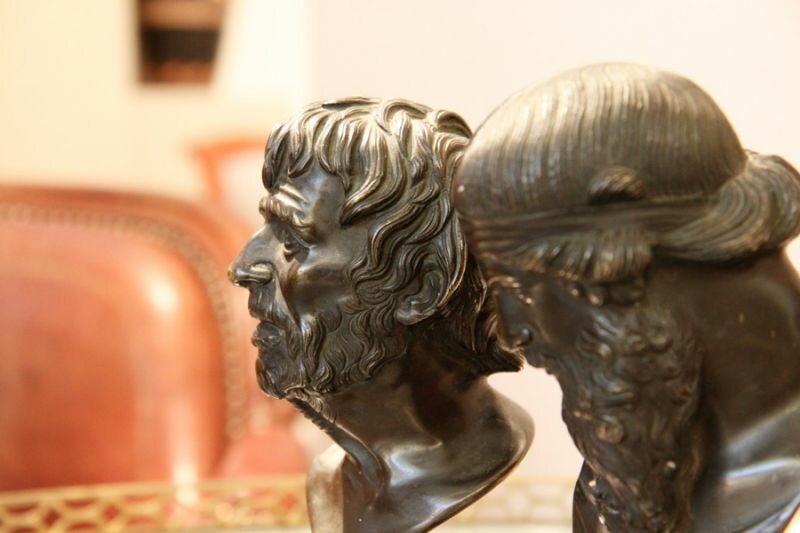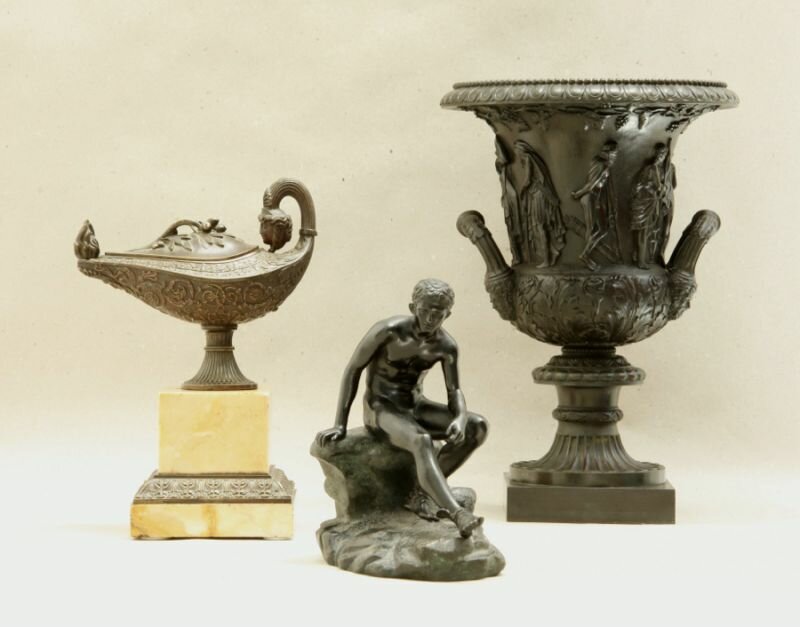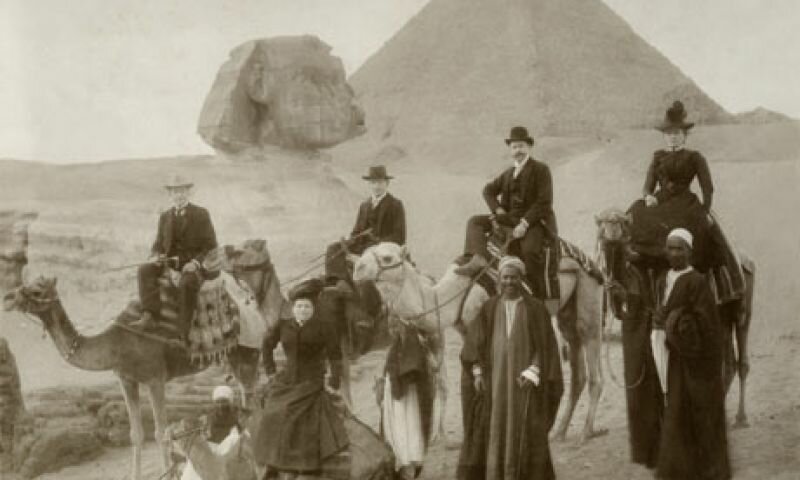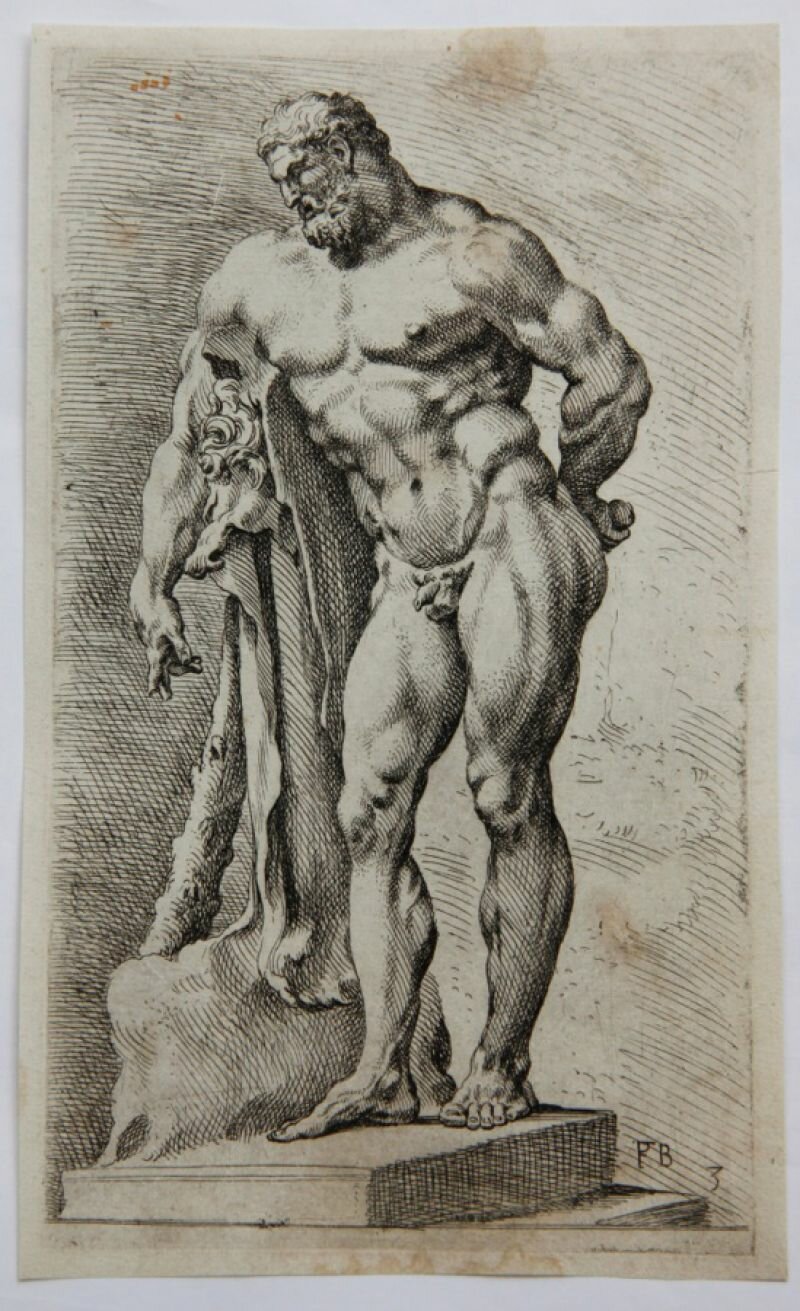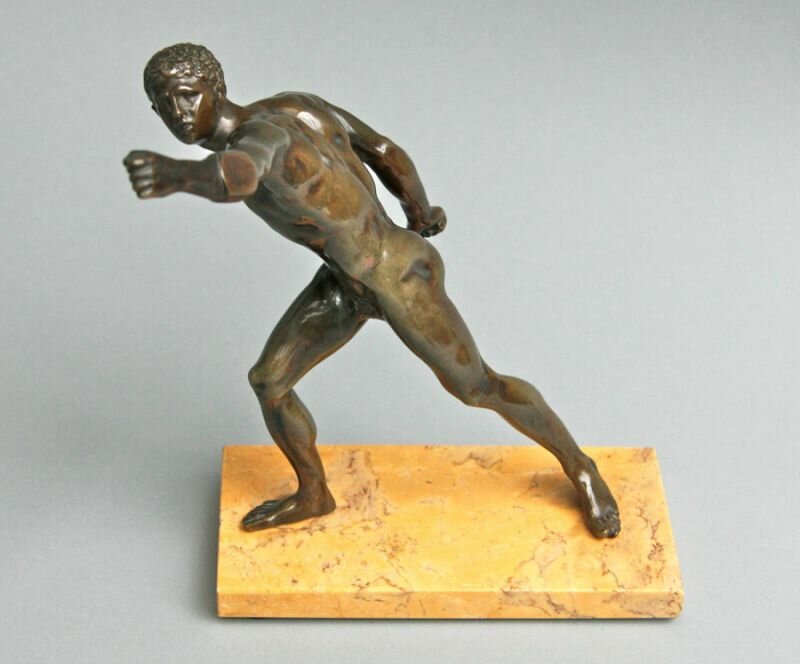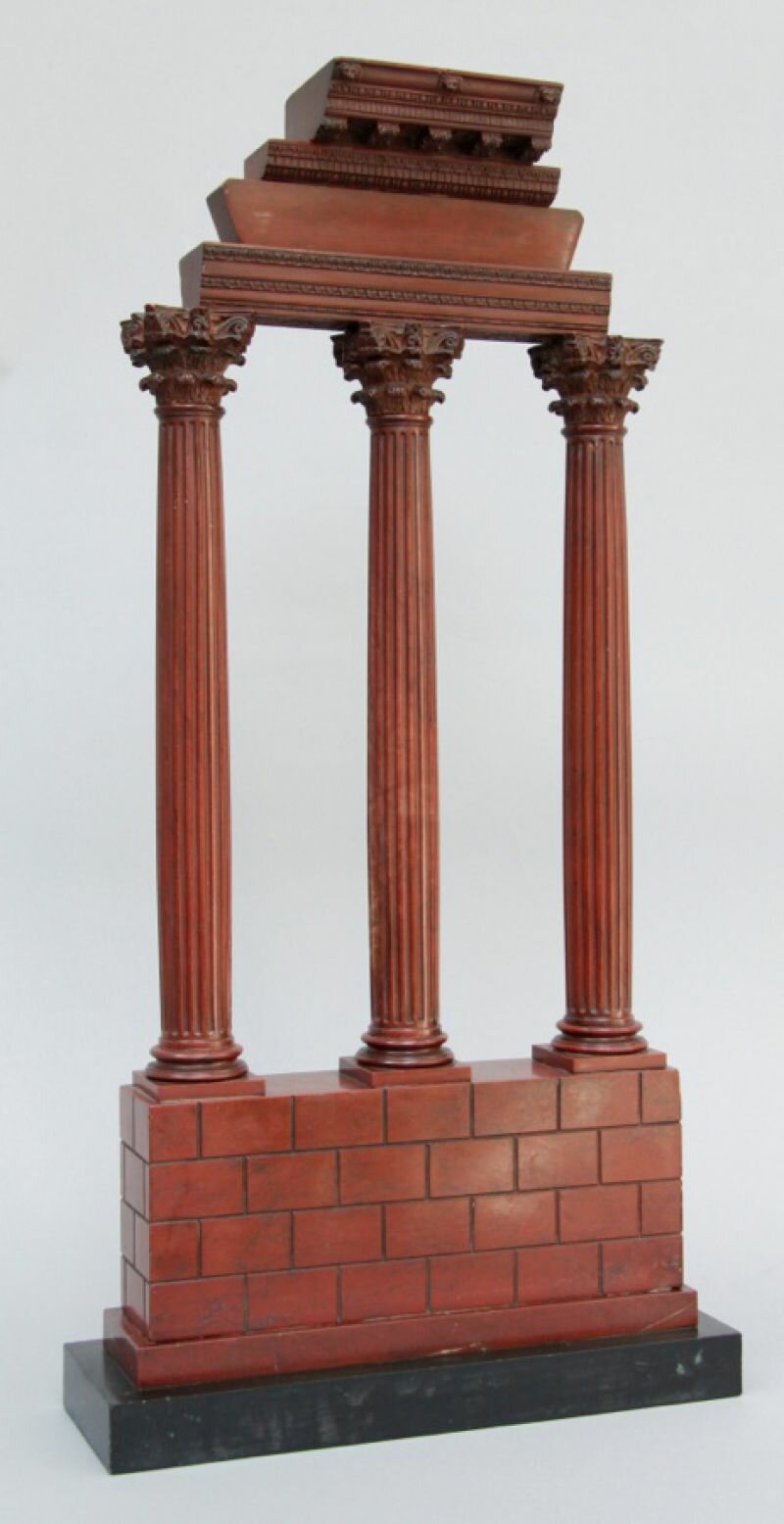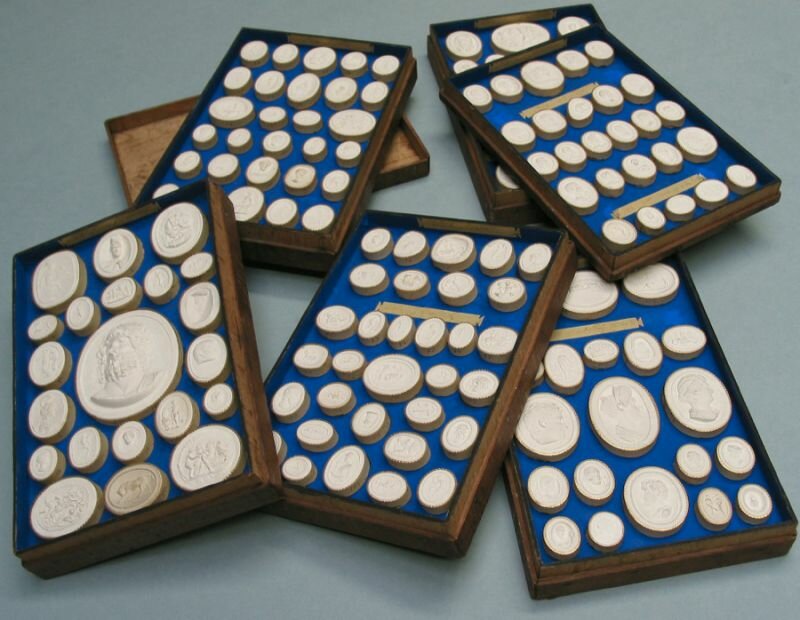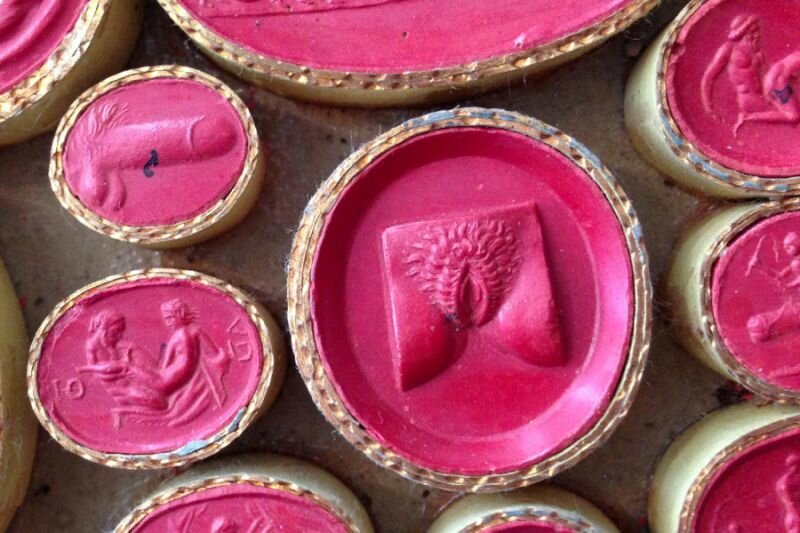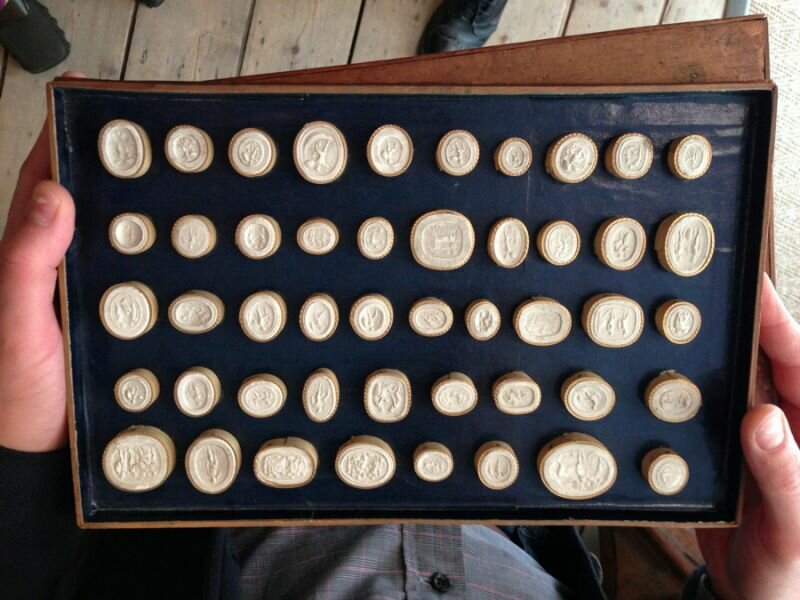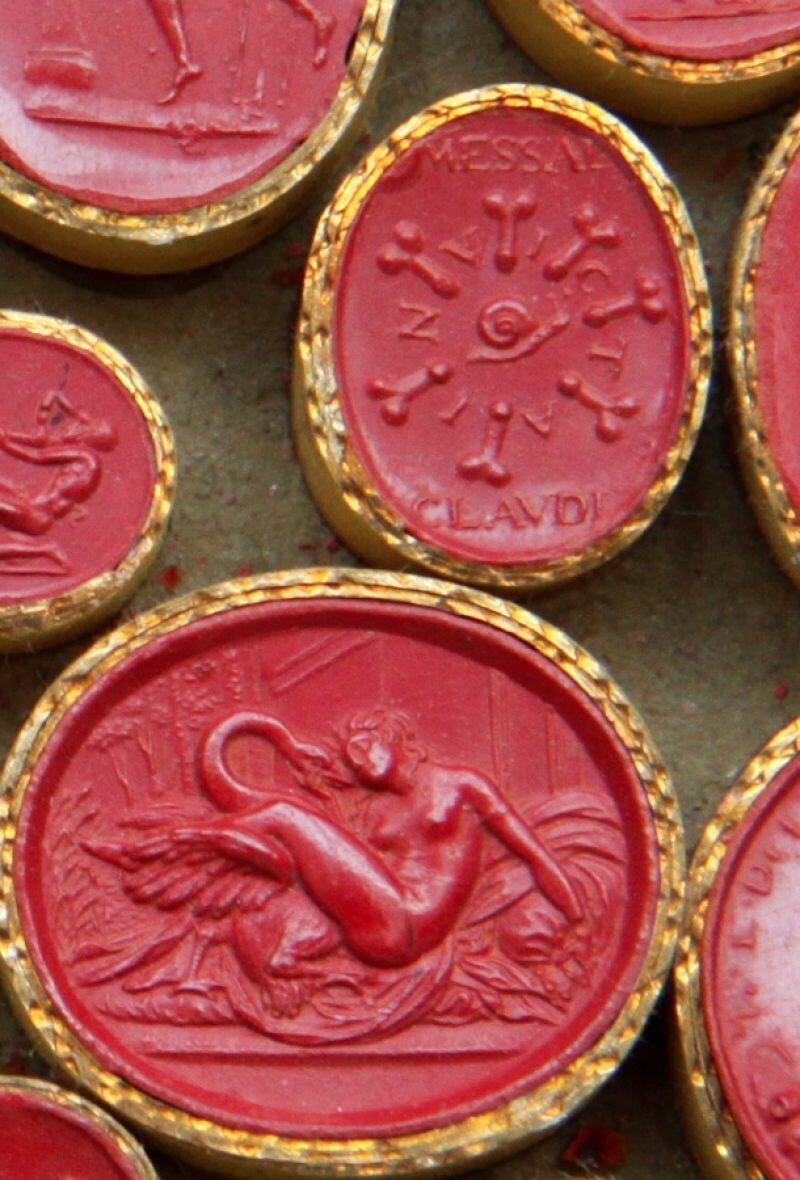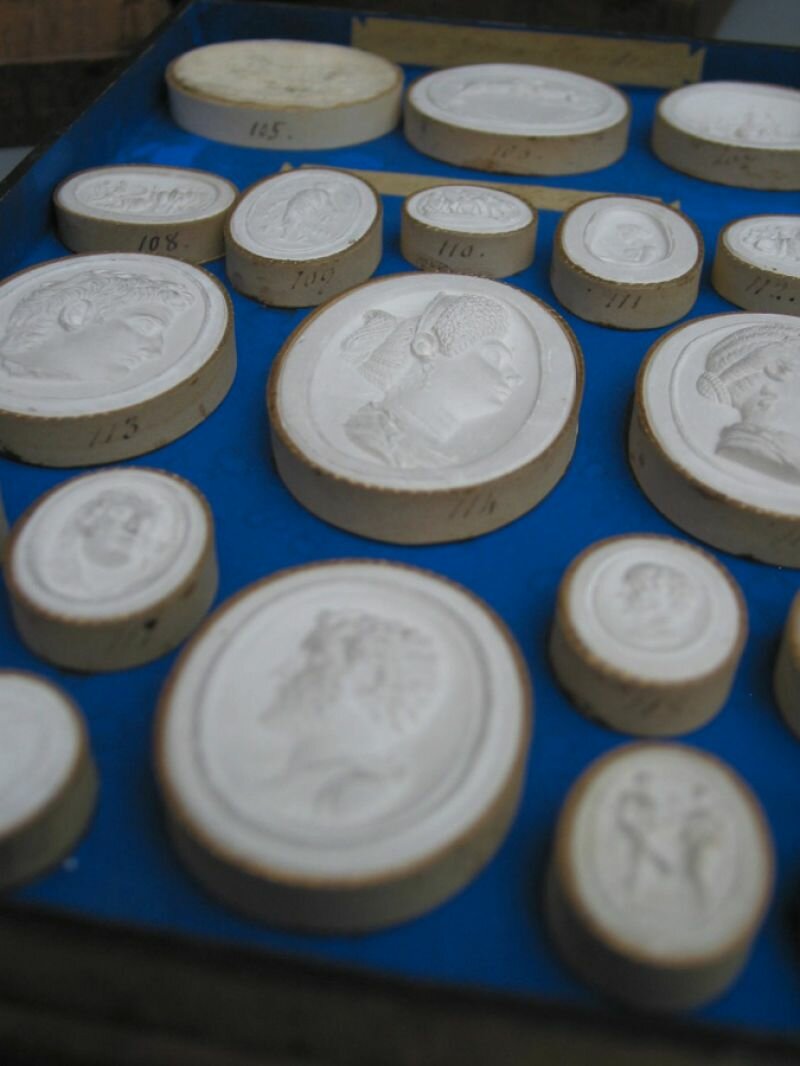
An indistinct sense of guilt creeps up on me. I remember Ms. De Boer. For hours I have sat next to her, in her service apartment, in the middle of busy Schilderswijk.* It smelled musty, of old perfume and fabric softener. The sound of the oxygen machine constantly in the background. On the TV a soap series.

She did not tell me all that much about her life. She had drunk and smoked much, as a result of which she now had COPD. Her ex-husband was in a home for the elderly. She didn’t take kindly to that. Or to people generally. All the more to her little children, though. They were displayed on the upper ridge on the walls of her small sitting room. The dogs. Different German shepherds, of which one was the sweetest of them all, but I have forgotten any names. I also forgot the name of that epileptic Keeshond that (volunteering for the animal foundation) I came to walk for her. And in spite of the fact that it was everything to her.

After having been lying in hospital once again, she told me she had seen Death. A large black man had stood at her bed. She was afraid to die, and cried softly.
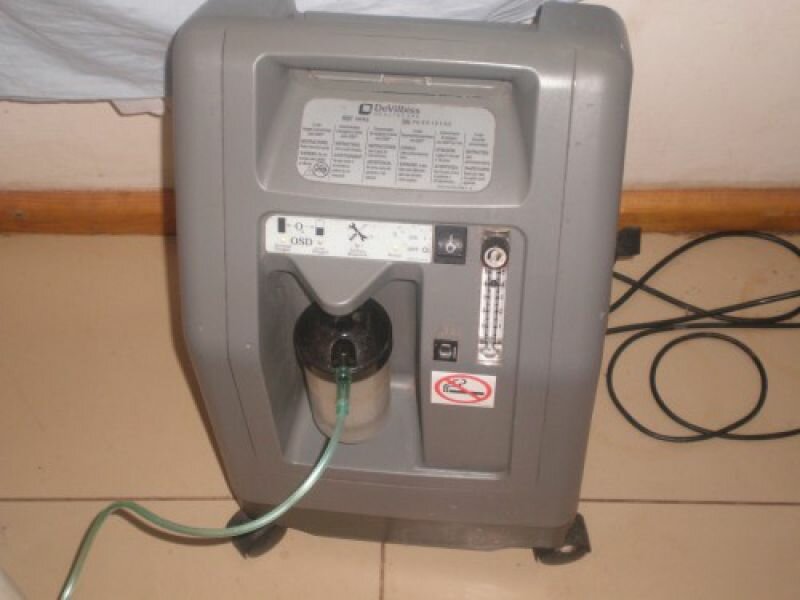
So now I flip her face out of a frame and realise that the chance exists that I am the only one who still thinks of her. That is sad. She might not have been the most pleasant person to be around, but how much she cared for her little dog shows that she could feel love. And loneliness, pain and fear. She has given me the picture when she knew she would die. It was one of the few photos she had of herself. I will look for another frame for those deer.
* A neighbourhood of poor alloy in The Hague.


